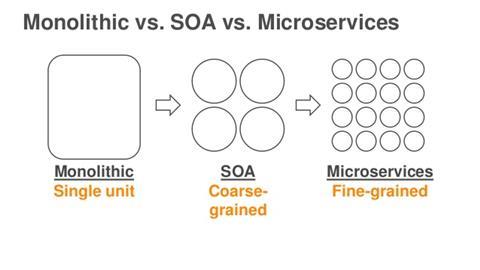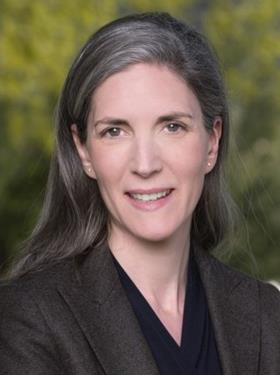Broadcasters and media organisations’ desire for greater agility to launch new channels and platforms has fuelled demand for pay-by-the-minute services.
With media companies keen to seek new ways to work vendors have had to re-evaluate the way they develop and sell their products, with many using NAB to showcase their latest offerings.

“Moving to new models is really hard,” said Devoncroft Partners Principal Analyst Josh Stinehour.
“There are a lot of simultaneous transitions, commercial as well as technical.”
Turner Broadcasting Senior Vice President of Media Technology and Development Mike Koetter argued that the very nature of their business is changing.
Today’s broadcasters requires massive amounts of content to be ingested and managed, and rapid channel launches to capture key markets.
“These emerging challenges were putting pressure on our traditional processing model. Usage-based licensing is a really important part of this,” he said.
Koetter’s ideal is to pay by the minute for services used. That is a total shift from buying boxes to do specific tasks, whatever the utilisation.
Filler in a rack
The traditional broadcast box was a monolith. If you happened to need the task it provided it was perfect; otherwise it was just a filler in a rack.
The first move towards an IT model was the service-oriented architecture (SOA).

Essentially the monolithic boxes are now software applications, perhaps in a data centre. Utilisation is likely to be much better, but the SOA is too coarse-grained for the new pay-by-the-minute model.
“To get into a service model you need a lot of cash, and that is destabilising” – David Ross, Ross Video
This is the background to the growing trend of developing functionality through micro-services. Essentially a micro-service is what the name suggests: it is a small piece of functionality, which can be combined with other micro-services to create the application you need, sitting within the software-defined architecture.
“We need to do what the data centre world does: take bits from here and there,” said Aperi Chief Executive Joop Janssen. “Develop at the speed of software,” he said.
Depth and functionality
Aperi, which has developed a micro-services platform for content transport, has implemented its micro-services platform for Telstra in Australia, providing remote production links, largely from sports venues.
“We licence by depth and functionality as well as location,” Janssen explained. “If you need to connect a stadium for a cricket test match, get a licence for a week.”
He made the point that, in a well-designed micro-services environment, then the points of functionality need not all come from the same vendor. “An open app development community means you don’t have to do it all yourself,” he said.
Imagine Communications Chief Marketing Officer Glodina Lostanlen agreed.

“Open Zenium [the Imagine micro-services platform introduced at NAB 2017] allows users to create simple services to connect the dots. Reinventing your business is not just technology, but a transformation towards solutions as a service,” she added.
Modular and agile
The micro-services concept is a natural partner for the cloud.
Vendors like Veset are developing highly modular, highly agile cloud services. In the case of Veset it is channel playout: micro-services called when needed include transcoding any incoming file to the house standard, populating template graphics, or parsing schedule information to create a playlist using the Pebble Beach Marina format.
Imagine’s Lostanlen added: “Opening up micro-services gives a new way of partnership. You can spin up services to see if it works.”
Verizon Digital Media Services Chief Marketing Officer Mary Kay Evans agreed: “it’s what the cloud is for: trying things at low risk.”
For vendors, the move to micro-services and the licence fee model is a challenge.
Ross Video Chief Executive David Ross pointed out that “there is a lot of difference between getting 100% of a sale and getting 10% a year for 10 years. To get into a service model you need to have a lot of cash, and that is destabilising.”
But there seems no doubt that this is the way the industry is moving.
The recent IABM survey of broadcasters found that 85% of broadcasters felt they would be using the cloud in the next two to three years, with 28% already using it.
Fox Vice President of Engineering and Development Thomas Edwards summed up the views of many when he said: “The ability to change our business model depends upon IP and the virtualisation of the architecture.”



























No comments yet